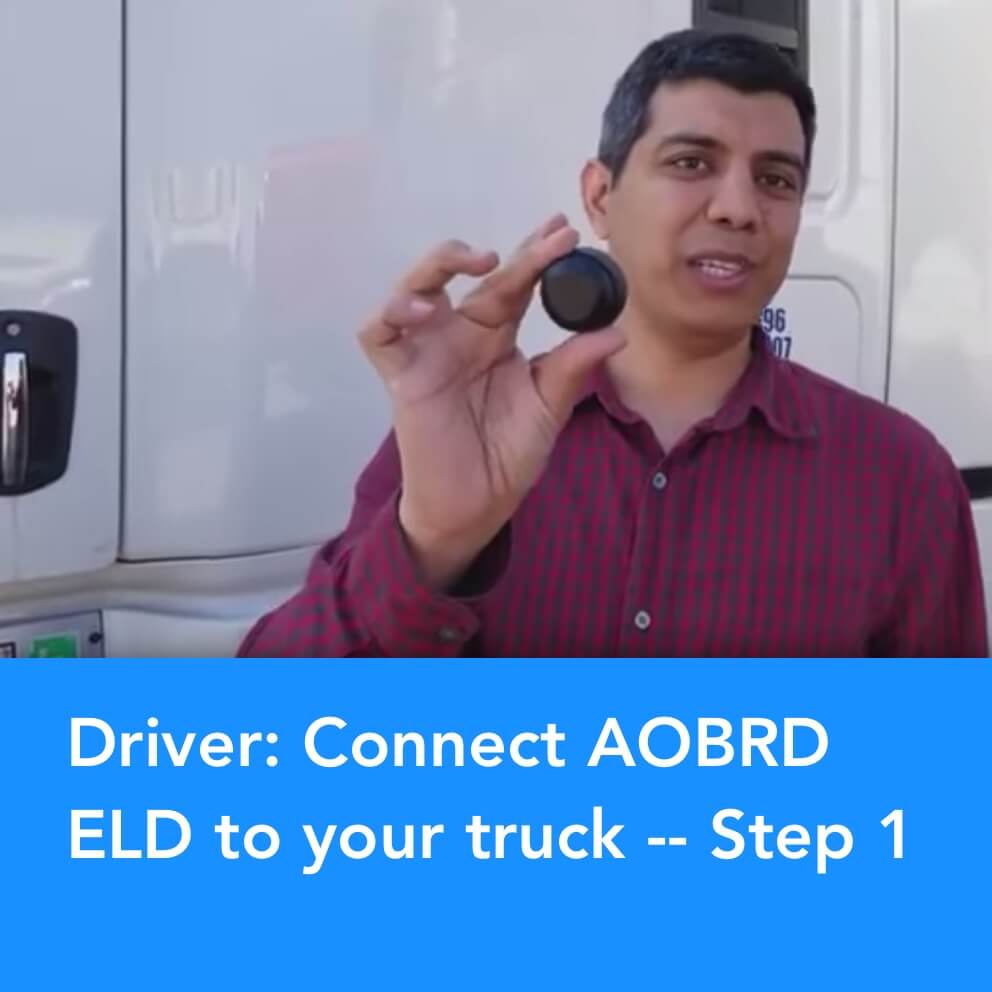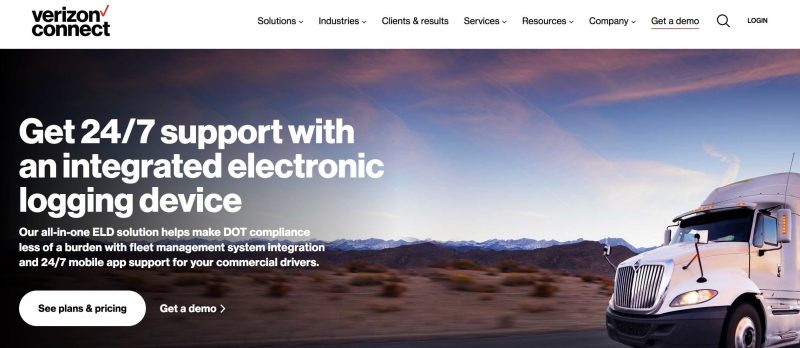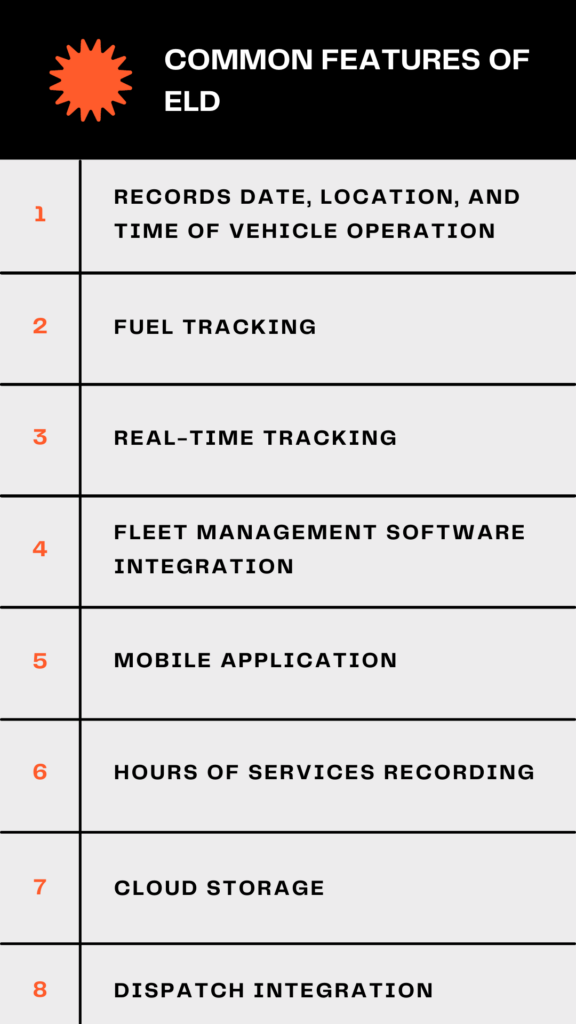How To Connect Eld To Highway

The integration of Electronic Logging Devices (ELDs) with highway infrastructure is becoming increasingly crucial for efficient transportation management and enhanced safety. This article explores the various methods and considerations involved in connecting ELDs to highway systems, examining the potential benefits and challenges for both drivers and regulatory bodies.
Understanding how these devices interact with highway systems is essential for fostering a safer and more streamlined transportation network. The goal is to improve data collection and sharing for better decision-making.
Understanding the ELD Landscape
An ELD is an electronic device used by commercial motor vehicle (CMV) drivers and fleets to record driving time and Hours of Service (HOS) compliance. These devices are mandated by the Federal Motor Carrier Safety Administration (FMCSA) to replace paper logs, aiming to reduce driver fatigue and improve overall road safety.
The core function of an ELD involves tracking vehicle movement, engine hours, location, and driver activity. This data is recorded automatically, ensuring more accurate and verifiable records compared to traditional paper logs.
The connection between ELDs and highway infrastructure represents the next evolution in transportation management, promising real-time data integration for improved traffic flow, safety enforcement, and infrastructure planning.
Methods of ELD Integration with Highway Systems
Currently, there isn't a single, universally adopted standard for connecting ELDs directly to highway infrastructure. However, several methods are being explored and implemented, each with its own advantages and limitations.
Data Aggregation and Sharing Platforms
One approach involves aggregating ELD data through centralized platforms managed by state departments of transportation (DOTs) or third-party vendors. These platforms collect anonymized and aggregated data from multiple ELDs, providing insights into traffic patterns, congestion hotspots, and potential safety risks.
This data can be used to inform real-time traffic management strategies, such as adjusting speed limits or rerouting traffic to avoid bottlenecks.
Weigh-in-Motion (WIM) Systems
WIM systems are installed on highways to measure the weight of vehicles in motion. By integrating ELD data with WIM systems, enforcement agencies can automatically identify potential overweight violations and target specific vehicles for inspection.
This reduces the need for manual inspections, allowing inspectors to focus on higher-risk vehicles and improve overall enforcement efficiency.
Roadside Inspection Systems
ELD data can be transmitted wirelessly to roadside inspection systems, allowing inspectors to quickly verify a driver's HOS compliance and identify any potential violations. This integration streamlines the inspection process and reduces the amount of time drivers spend at inspection stations.
This method improves efficiency for both the driver and the enforcement personnel. Data can be assessed even before the vehicle is fully stopped.
Benefits and Challenges of ELD Integration
The integration of ELDs with highway systems offers several potential benefits, including improved traffic management, enhanced safety enforcement, and more efficient infrastructure planning. However, there are also challenges that need to be addressed, such as data privacy concerns, cybersecurity risks, and the need for standardized data formats.
Improved Traffic Management
By providing real-time data on traffic patterns and congestion levels, ELD integration can help transportation agencies optimize traffic flow and reduce congestion. This can lead to shorter travel times, reduced fuel consumption, and lower emissions.
Using this information, DOTs can adapt to road conditions rapidly.
Enhanced Safety Enforcement
ELD integration can significantly enhance safety enforcement by allowing agencies to automatically identify potential HOS violations and overweight vehicles. This enables them to target enforcement efforts more effectively and reduce the risk of accidents caused by driver fatigue or overloaded vehicles.
Data Privacy and Security
One of the main concerns is data privacy. Steps must be taken to ensure that data is anonymized, not misused, and protected from cybersecurity threats.
"Ensuring data security and protecting drivers' privacy are paramount as we integrate ELDs with highway systems," stated a recent FMCSA press release.
The Future of ELD and Highway Connectivity
The future of ELD and highway connectivity will likely involve greater integration of ELD data with advanced transportation management systems (ATMS) and intelligent transportation systems (ITS). This could lead to even more sophisticated traffic management strategies, such as dynamic routing and adaptive speed limits.
Further advancements in technology, such as 5G connectivity and edge computing, will enable faster and more reliable data transmission between ELDs and highway infrastructure.
Blockchain technology could also play a role in ensuring the security and integrity of ELD data, facilitating secure and transparent data sharing between stakeholders.
The ultimate goal is to create a connected transportation ecosystem that leverages real-time data to improve safety, efficiency, and sustainability. Ongoing collaboration between government agencies, technology providers, and the trucking industry is essential to realize this vision.







![How To Connect Eld To Highway 12 Best ELD Devices For Small Fleets In 2025 [Tested]](https://matrackinc.com/wp-content/uploads/2022/06/Bigroad-dashlink-ELD.png)

+ELD+mandate:.jpg)








